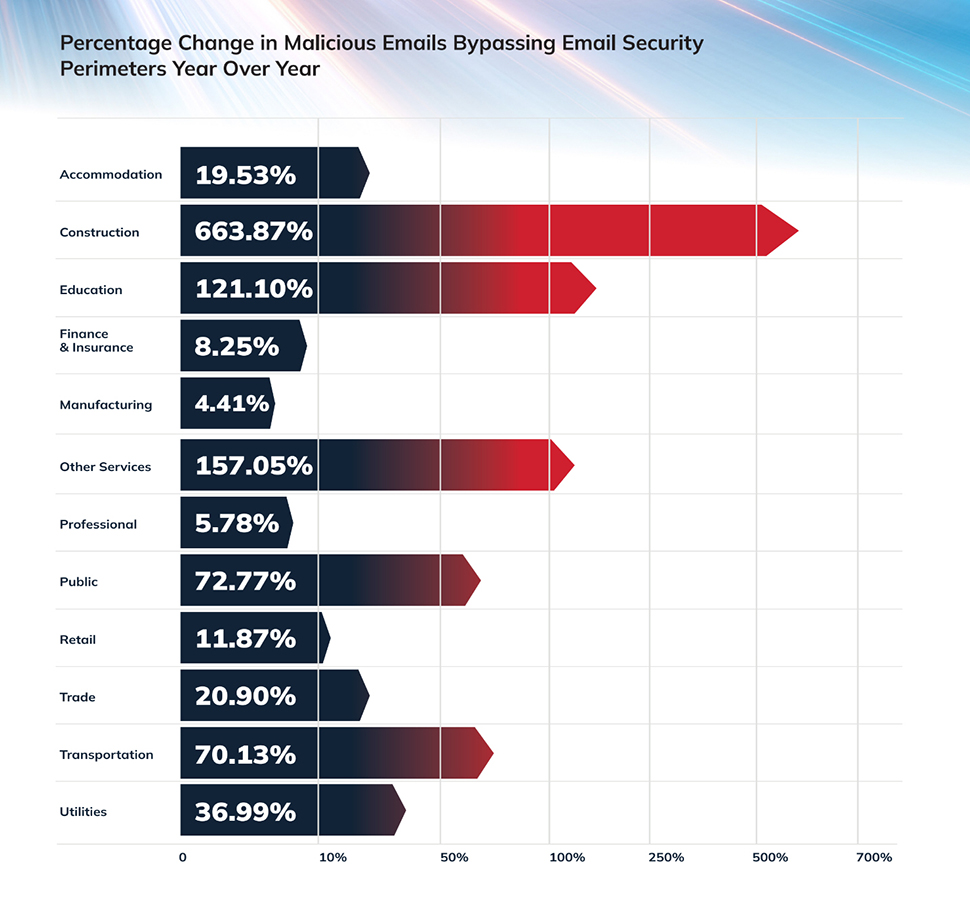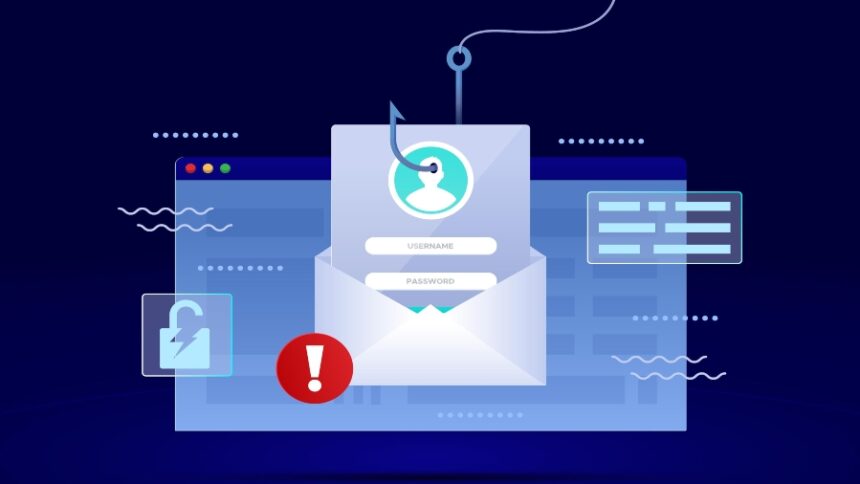

- Experts caution that AI-generated phishing emails have become sophisticated enough to bypass traditional filters
- Polymorphic attacks continuously adapt to avoid detection in real-time
- Business email compromise scams now convincingly mimic executives with impeccable formatting
It’s an undeniable truth: Artificial Intelligence is profoundly reshaping the landscape of cybercrime, and phishing scams are one of the areas feeling the impact most severely.
Recent insights from security firm Cofense reveal a troubling trend: AI-driven phishing campaigns are not only increasing in frequency but also in sophistication.
These emails appear neater, more refined, and expertly curated to deceive even the most vigilant users. With generative AI tools now at the fingertips of many, malicious actors are ramping up their efforts at a pace that leaves many organizations struggling to keep up.
A Highly Evasive Delivery System
Cofense has unveiled alarming details regarding the evolution of phishing tactics in its latest threat intelligence report, The Rise of AI – A New Era of Phishing Threats.
In 2024 alone, the Cofense Phishing Defense Center reported detecting a malicious email approximately every 42 seconds, with many of these emails successfully evading outdated perimeter defenses.
Phishing attacks skyrocketed by 70% year-over-year, significantly aided by AI’s proficiency in mimicking tone, spoofing internal communications, and crafting messages that resonate with striking accuracy.
These messages now boast flawless grammar, accurate formatting, and credible sender addresses. Frequently, they impersonate C-suite executives, respond within ongoing email threads, and use deceptive domains like “@consultant.com.”
This evolving landscape toward business email compromise (BEC) has emerged as a critical threat. AI-generated content often lacks the traditional indicators that previously signaled phishing attempts, such as typos, awkward phrasing, and grammatical errors that hinted at a non-native English speaker.
Additionally, Cofense highlights the rise of polymorphic phishing campaigns, which are especially concerning. These attacks change their characteristics in real-time to sidestep signature-based security measures. Subject lines, sender information, and content dynamically alter, making conventional detection methods nearly obsolete.
On the malware front, evolutionary changes are evident as well; over 40% of detected samples in 2024 represented previously unobserved threats, many identified as Remote Access Trojans (RATs).
Staying Secure in a Dangerous Landscape
Examine email content meticulously: Always question the legitimacy of emails that involve financial transactions, urgent demands, or unusual language—even if they seem perfectly formatted.
Confirm internal requests: If you’re asked to take action by a colleague or executive via email, always verify through trusted contact methods before proceeding.
Look beyond appearance: AI-generated emails may look immaculate, so focus on context, timing, and content rather than solely on how “professional” they might appear.
Steer clear of links without verification: Always hover over links to check their real destination and avoid downloading files from unexpected or unfamiliar messages.
Employ advanced security tools: Opt for solutions that provide post-delivery analysis and behavioral threat responses, rather than relying solely on traditional signature-based measures.
























